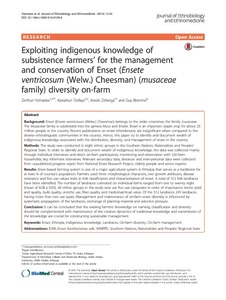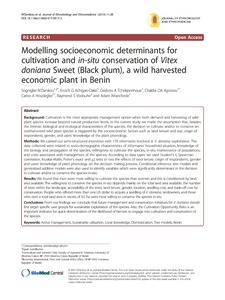Location
For over 15 years, we have been making scientific research freely accessible and discoverable through partnerships, innovation and collaboration with the scientific community. Dedicated to open research, we now publish over 290 quality peer-reviewed journals in Biology, Clinical Medicine and Health.
BMC has an evolving portfolio of some 300 peer-reviewed journals, sharing discoveries from research communities in science, technology, engineering and medicine. In 1999 we made high quality research open to everyone who needed to access it – and in making the open access model sustainable, we changed the world of academic publishing.
We are committed to continual innovation in research publishing to better support the needs of our communities, ensuring the integrity of the research we publish and championing the benefits of open research for all.
Our leading research journals include selective broad interest titles such as Genome Biology and Genome Medicine, academic journals such as Malaria Journaland Microbiome and the BMC series, 65 inclusive journals focused on the needs of individual research communities. We also partner with leading institutions and societies to publish journals on their behalf.
BMC is part of Springer Nature, giving us greater opportunities to help authors everywhere make more connections with research communities across the world.
Members:
Resources
Displaying 6 - 10 of 11Exploiting indigenous knowledge of subsistence farmers’ for the management and conservation of Enset (Ensete ventricosum (Welw.) Cheesman) (musaceae family) diversity on-farm
Enset (Ensete ventricosum (Welw.) Cheesman) belongs to the order sctaminae, the family musaceae. The Musaceae family is subdivided into the genera Musa and Ensete. Enset is an important staple crop for about 20 million people in the country. Recent publications on enset ethnobotany are insignificant when compared to the diverse ethnolingustic communities in the country. Hence, this paper try to identify and document wealth of indigenous knowledge associated with the distribution, diversity, and management of enset in the country.
Modelling socioeconomic determinants for cultivation and in-situ conservation of Vitex doniana Sweet (black plum), a wild-harvested economic plant in Benin
Background: Cultivation is the most appropriate management option when both demand and harvesting of wild plant species increase beyond natural production levels. In the current study we made the assumption that, besides the intrinsic biological and ecological characteristics of the species, the decision to cultivate and/or to conserve an overharvested wild plant species is triggered by the socioeconomic factors such as land tenure and size, origin of respondents, gender, and users’ knowledge of the plant phenology.
Modelling socioeconomic determinants for cultivation and in-situ conservation of Vitex doniana Sweet (black plum), a wild-harvested economic plant in Benin
Background: Cultivation is the most appropriate management option when both demand and harvesting of wild plant species increase beyond natural production levels. In the current study we made the assumption that, besides the intrinsic biological and ecological characteristics of the species, the decision to cultivate and/or to conserve an overharvested wild plant species is triggered by the socioeconomic factors such as land tenure and size, origin of respondents, gender, and users’ knowledge of the plant phenology.
Impact of traditional culture on Camellia reticulata in Yunnan, China
Background: Cha-hua (Camellia reticulata) is one of China’s traditional ornamental flowers developed by the local people of Yunnan Province. Today, more than 500 cultivars and hybrids are recognized. Many ancient camellia trees still survive and are managed by local peopl. A few records on cha-hua culture exist, but no studies expound the interaction between C. reticulata and traditional culture of ethnic groups. The contribution of traditional culture of differ
Impact of traditional culture on Camellia reticulata in Yunnan, China
Background: Cha-hua (Camellia reticulata) is one of China’s traditional ornamental flowers developed by the local people of Yunnan Province. Today, more than 500 cultivars and hybrids are recognized. Many ancient camellia trees still survive and are managed by local peopl. A few records on cha-hua culture exist, but no studies expound the interaction between C. reticulata and traditional culture of ethnic groups. The contribution of traditional culture of differ





